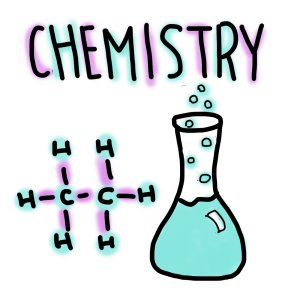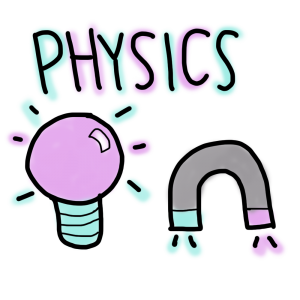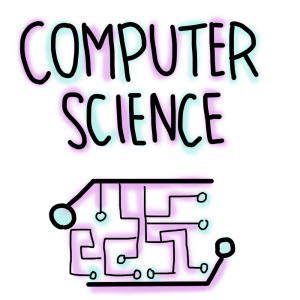Preparation for Synopsys Science Fair
Research Club officers describe scientific demonstrations
December 17, 2018
Micropipettes. Microscopes. MATLAB XL. For members of the Research Club, these are just a few of the equipment pieces that may be used in their Synopsys Science Fair project, with the fair itself happening on March 14. However, many of the members are unaware of how to start experimentation.
To allow these individuals to be successful in their projects, the Research Club officers have been planning and giving demonstrations on equipment techniques in order to allow members to better understand how to conduct their experiments for the science fair.
“It’s important that when students begin their project, they understand the proper techniques when they’re performing the research,” officer and junior Ashvin Irrinki said. “[Incorrect technique] might lead to it improper conclusions, so one of the reasons that we’re doing is to make sure that everyone knows what they’re doing and minimize error.”
The demonstrations are divided into categories: biology, chemistry, physics and computer science. Because the members just started their experiments in November, only one demonstration has been done so far: serial dilutions for biology.
 Serial dilutions are used to measure micrograms or microliters (one millionth of a liter) of substances to add into a solution. For example, when creating a saltwater solution, serial dilution could be used to measure a very small amount of solute. As a result of these demonstrations, members not only learn about serial dilutions, a fundamental process for biology and chemistry, but they also learn basic micropipetting techniques as well as how to calculate concentration percentages.
Serial dilutions are used to measure micrograms or microliters (one millionth of a liter) of substances to add into a solution. For example, when creating a saltwater solution, serial dilution could be used to measure a very small amount of solute. As a result of these demonstrations, members not only learn about serial dilutions, a fundamental process for biology and chemistry, but they also learn basic micropipetting techniques as well as how to calculate concentration percentages.
“It really comes in handy when it comes into science,” officer and sophomore Seungah Annabelle Choi said. “Since most people don’t have the technology to measure micrograms of some types of solids, that’s what we did.”
Some demonstrations are for the entire club, while others are one-on-one and specific to an individual’s experiment. Though the officers have only done one demonstration, they have planned many others as well, including microscope and plating techniques for biology and Matrix Laboratory tutorials, more commonly known as MATLAB, which is a programming platform designed for computational mathematics.
According to Choi, the demonstrations are mainly for underclassmen and students who haven’t taken higher-level science courses so they can be well-versed in basic scientific techniques, as well as understand how equipment functions.
“We started demos in the late November and then we usually follow the steps that the actual STEM class takes,” Choi said. “It’s definitely beneficial because if we don’t have to explain every time someone tries to use it.”
Although the demonstrations are useful to some, co-president and senior Carl Rosenthal has been attempting to branch out with other lessons that aren’t regularly associated with science experiments, such as how to talk to judges, write an abstract or use Excel’s graphing and data sorting functions.
“So I guess the overall trend is maybe not as much emphasis on procedural demonstrations because inevitably what we choose won’t be super typical to a large audience,” Rosenthal said. “So we get [the members’] feedback instead, maybe work more one-on-one with them. And in place of that when we’re presenting to everybody will do more broadly applicable things.”
As the whole, Irrinki, Choi and Rosenthal are optimistic about the Synopsys Science Fair, and above all, they hope the members are passionate about their projects.
 “Because a lot of people go to these fairs, there’s super good ideas and very high quality projects,” Rosenthal said. “If they’re very enthusiastic about their projects, very engaged with their judges, often they’ll make a much better impression.”
“Because a lot of people go to these fairs, there’s super good ideas and very high quality projects,” Rosenthal said. “If they’re very enthusiastic about their projects, very engaged with their judges, often they’ll make a much better impression.”
All illustrations by Emily Xia
















